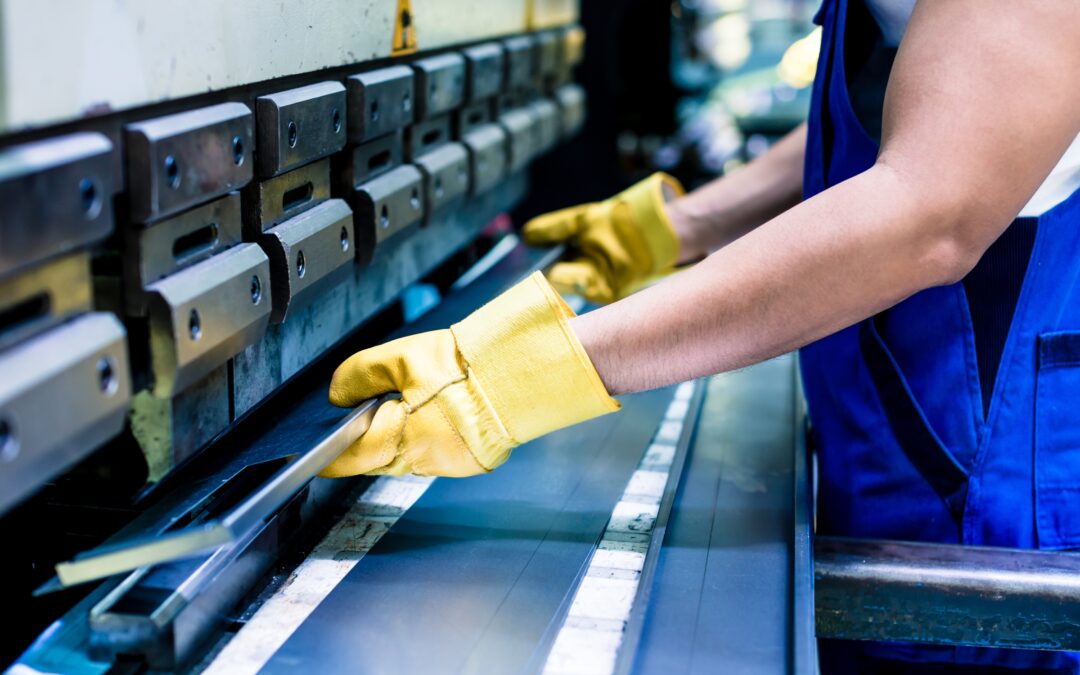Pinch point injuries primarily occur when a worker’s body part gets caught between two pieces of machinery, resulting in injury. These incidents can happen suddenly and may lead to lacerations, fractures, or amputations. Workers can prevent pinch point injuries by using the appropriate equipment, implementing safety measures, and adhering to established protocols.
- Understanding pinch point hazards.
- Causes of pinch point injuries.
- Identifying potential pinch point hazards
- Strategies for preventing pinch point injuries.
Discussion:
Pinch point hazards can occur in any environment where tools and machinery are used. Common sources of pinch point injuries include mobile equipment, like vehicles or forklifts, hand tools, power tools, and machinery equipped with gears, belts, rollers, and doors. All machinery must be equipped with properly installed, fully functional, and undamaged guards to ensure the safety of workers.
Pinch point hazards can also occur during materials handling, lifting heavy objects, or when using conveyors. To mitigate these risks, it is essential to equip conveyors with suitable guards and sensors to prevent workers from being caught in pinch points. Additionally, making sure materials are stable and secure is critical, as instability can cause objects to shift or fall, creating pinch point hazards related to the movement of machinery, conveyor belts, gears, or rollers.
To minimize the risk of pinch point injuries, employees should prioritize identifying hazards, following safe work practices, and wearing appropriate personal protective equipment (PPE). It is essential never to bypass safety measures or take shortcuts that could jeopardize safety. Loose clothing, jewelry, and long hair can become caught in pinch points. Before working around machinery or equipment with rotating mechanical parts, remove long sleeves and jewelry, and tie back long hair.
Conducting regular safety inspections is crucial for identifying potential pinch point hazards and implementing effective strategies to prevent accidents. Safety measures to consider include using tools and equipment correctly, staying aware of your surroundings, and keeping your hands, fingers, and feet away from moving and rotating machinery. Faulty safety guards or inadequate maintenance can increase the risk of accidents, and reaching into equipment or machinery with moving parts can lead to serious hand and finger injuries. It is crucial to remain vigilant and report any unsafe conditions or practices to your supervisor immediately.
If an employee experiences a pinch point injury, they must seek immediate medical attention. Treatment will depend on the severity of the injury and may involve cleaning and dressing the wound, realigning broken bones, or performing surgical repair of damaged tissue. Rehabilitation and physical therapy may be necessary to help the injured worker regain their health.
While pinch point injuries can be severe, they are preventable by following established procedures and safety protocols. By taking proactive measures to manage risks, we can prevent accidents and promote a safe work environment.
As always, stay safe out there!


Recent Comments